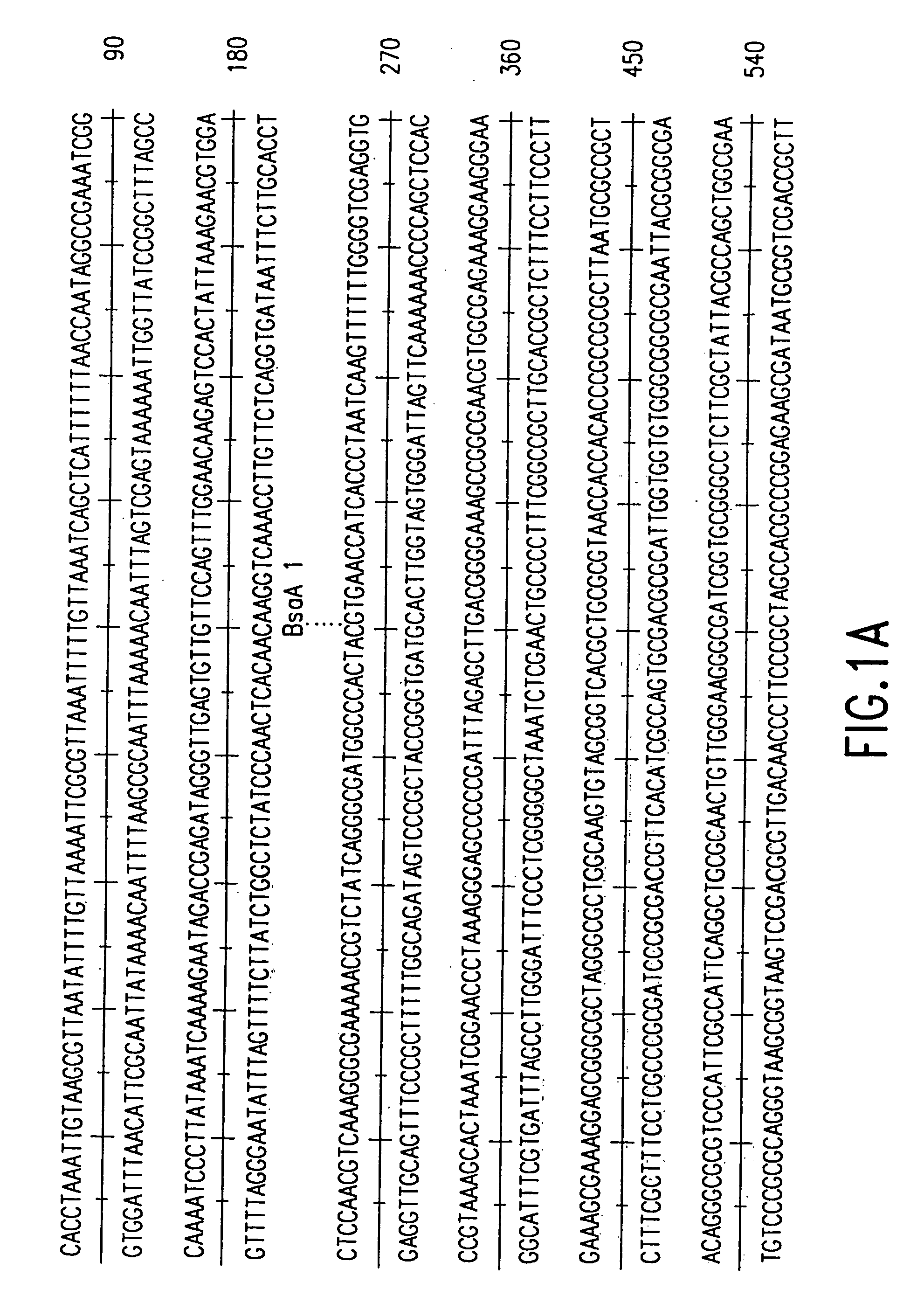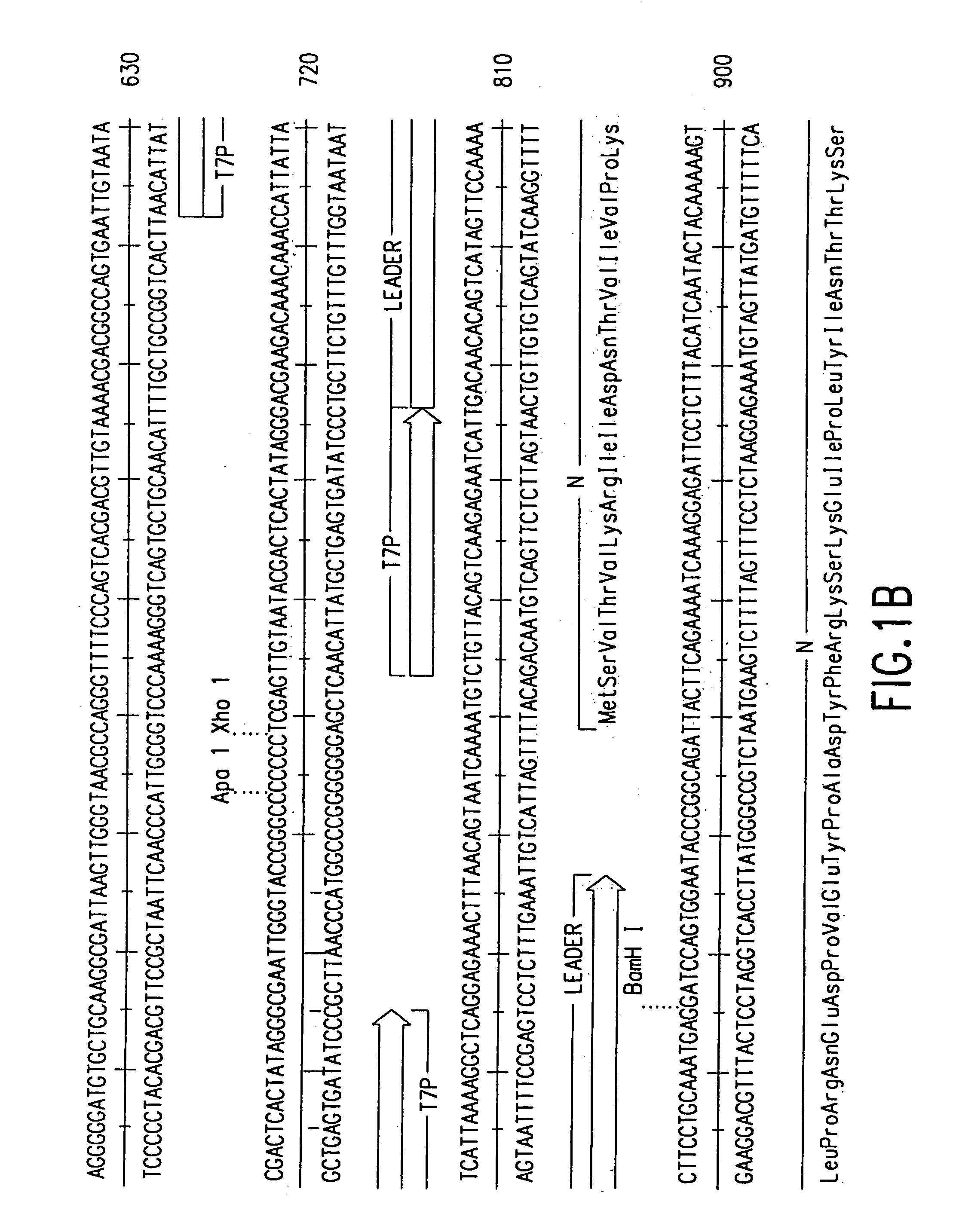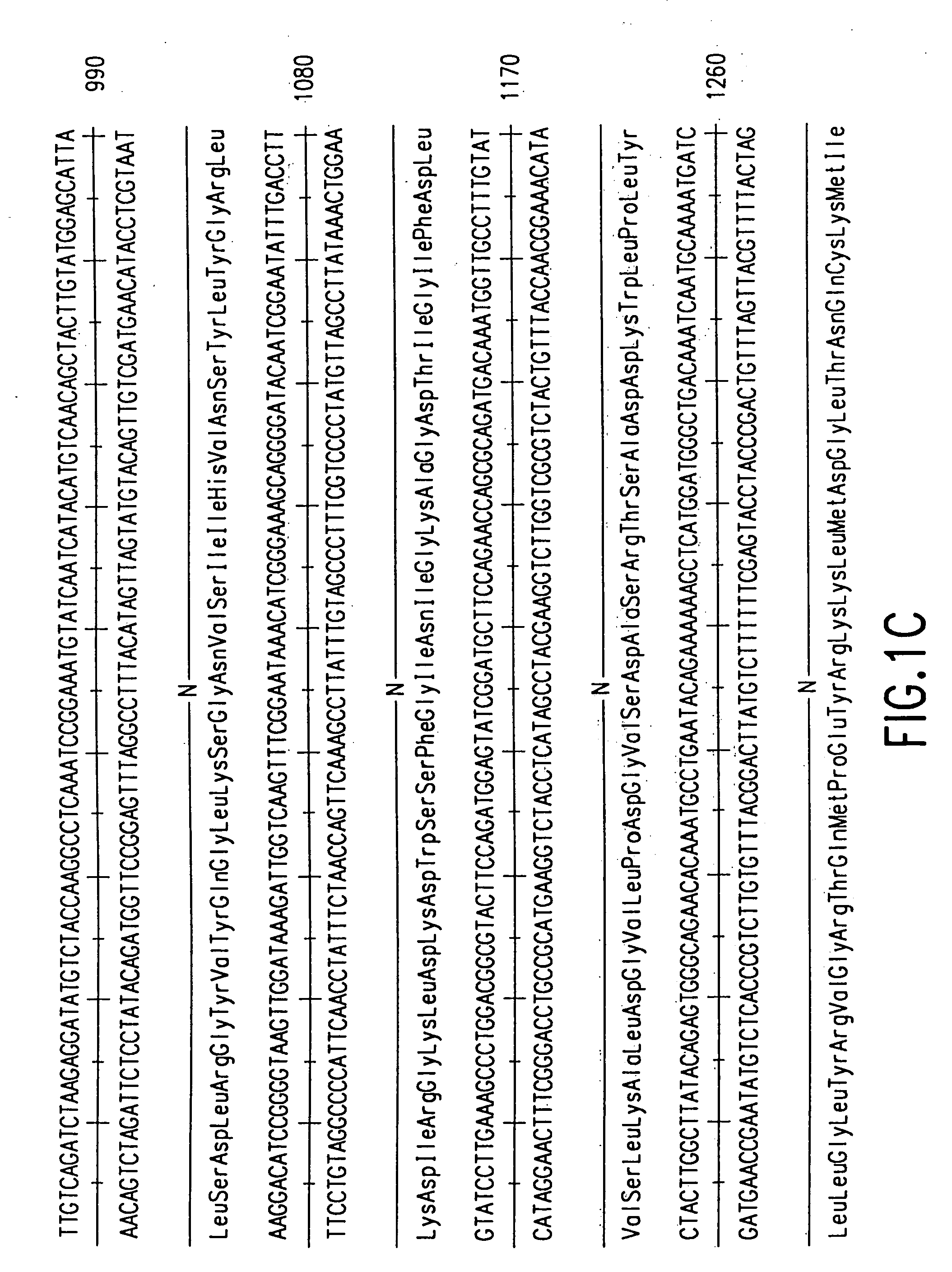Recombinant vesiculoviruses and their uses
a technology of vesiculoviruses and vesiculoviruses, which is applied in the field of recombinant vesiculoviruses and their uses, can solve the problems of inability to perform direct genetic manipulation, limited study of vsv and related negative strand viruses, and inability to generate vsv from dna
- Summary
- Abstract
- Description
- Claims
- Application Information
AI Technical Summary
Benefits of technology
Problems solved by technology
Method used
Image
Examples
Embodiment Construction
[0031]The present invention provides recombinant replicable vesiculoviruses. The prior art has unsuccessfully attempted to produce replicable vesiculoviruses from cloned DNA. In contrast, the invention provides a method which, for the first time, has successfully allowed the production and recovery of replicable vesiculoviruses, as well as recombinant replicable vesiculoviruses, from cloned DNA. Expression of the full-length positive-strand vesiculovirus RNA in host cells has successfully allowed the generation of recombinant vesiculoviruses from DNA, providing recombinant viruses that do not cause serious pathology in humans and that can be obtained in high titers, that have use as vaccines.
[0032]The vesiculoviruses of the invention are produced by providing in an appropriate host cell: (a) DNA that can be transcribed to yield (encodes) vesiculovirus antigenomic (+) RNA (complementary to the vesiculovirus genome), (b) a recombinant source of vesiculovirus N protein, (c) a recombina...
PUM
 Login to View More
Login to View More Abstract
Description
Claims
Application Information
 Login to View More
Login to View More - R&D
- Intellectual Property
- Life Sciences
- Materials
- Tech Scout
- Unparalleled Data Quality
- Higher Quality Content
- 60% Fewer Hallucinations
Browse by: Latest US Patents, China's latest patents, Technical Efficacy Thesaurus, Application Domain, Technology Topic, Popular Technical Reports.
© 2025 PatSnap. All rights reserved.Legal|Privacy policy|Modern Slavery Act Transparency Statement|Sitemap|About US| Contact US: help@patsnap.com



